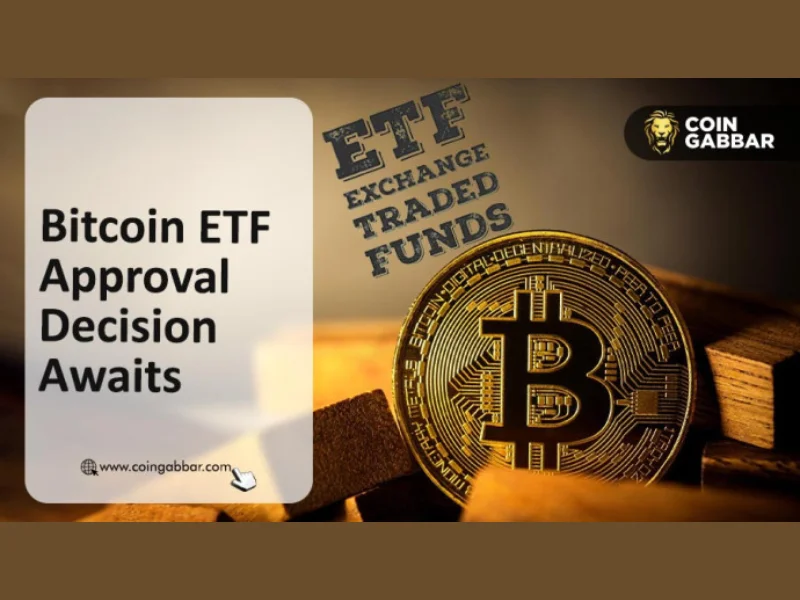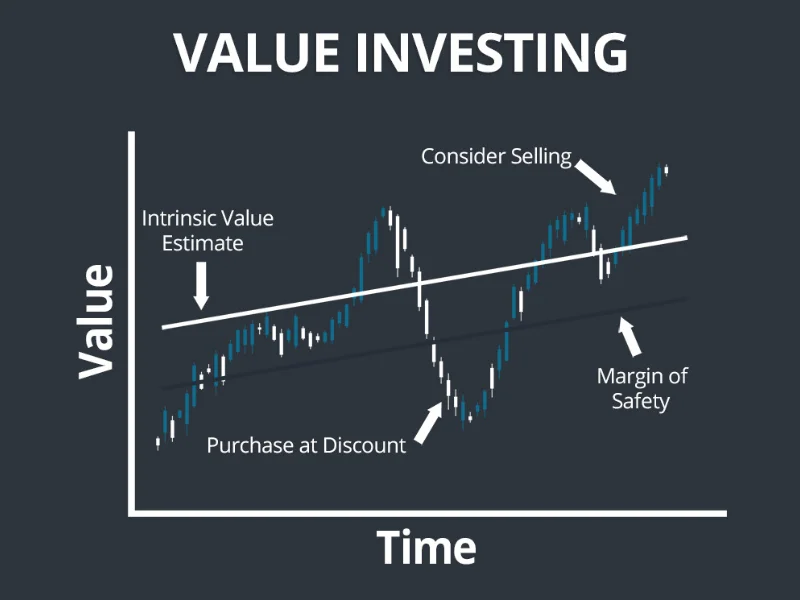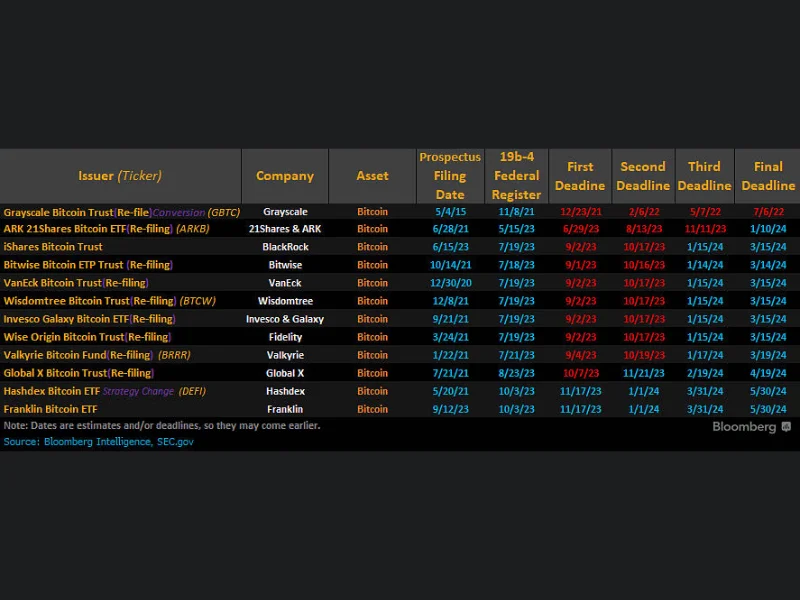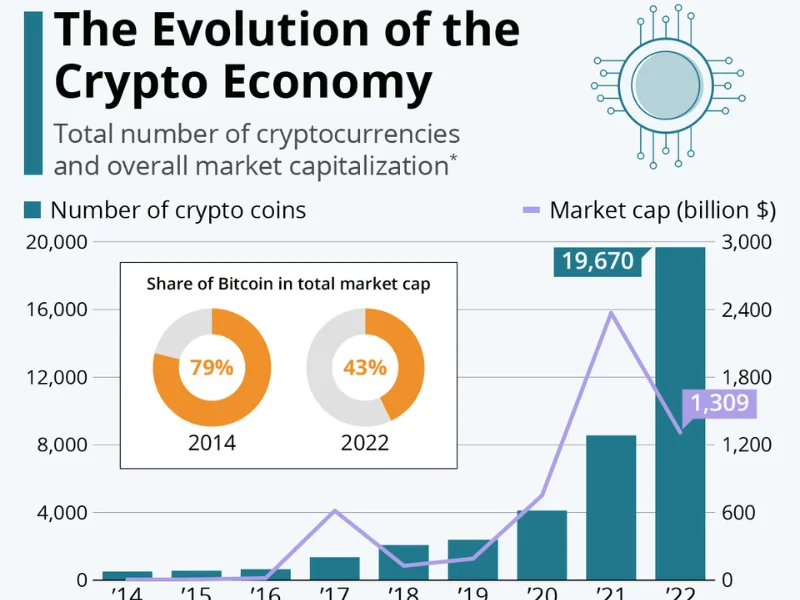1) Introduction
Purpose of the article. This report gives you the latest, data-driven picture of crypto in 2025—what’s moving prices, how derivatives are reshaping market structure, the state of on-chain activity, regulation, security, and adoption. It draws on trusted sources including CoinDesk, CoinMarketCap/CoinGecko, Glassnode, Kaiko, CoinShares, DeFiLlama, Reuters, Bloomberg Crypto reporting, and others.
Why staying updated matters. Crypto now trades 24/7 across spot and Crypto Derivatives venues, and policy changes or liquidity jolts can change the landscape in hours. Keeping pace helps retail beginners avoid hype cycles, active traders read order-book/liquidity signals, and institutions benchmark risk exposure vs. ETFs, futures, options and on-chain yield. Spot Bitcoin and Ether ETFs, MiCA’s phased rollout in the EU, and active enforcement pivots in the U.S./UK have made “latest” data indispensable.
Key insights preview. We’ll cover: (i) market performance and capitalization, (ii) institutional flows and macro linkages, (iii) tech upgrades (Ethereum Dencun, L2s; Solana validator diversity), (iv) security posture (hacks, ZK, smart-contract hardening), (v) regulation (SEC/CFTC, MiCA, FCA), (vi) adoption and sentiment (retail + institutional), (vii) on-chain activity and liquidity, and (viii) the derivatives boom—perpetuals dominance, options growth on Deribit/CME/ETF underlyings, and what options skews/term-structure can tell you about the next move.


2) Global Market Trends
Current market performance & capitalization
As of August 26, 2025, the global crypto market cap is roughly $3.8–3.9T, with BTC dominance ~56–58%; BTC ~$110k (down ~1% day-over-day), and ETH ~$4.47k (down ~3–4% 24h). Over the past week BTC is down ~4–5% amid post-Jackson Hole cross-asset wobble; ETH has been choppy after a strong mid-month print. (Values move intraday; check live boards below.)
- 24h/7d context: BTC’s weekly change sits near -4%, following Friday’s spike above $117k and subsequent fade; ETH’s week-over-week has been mixed as ETF flow narratives rotate.
Embedded sources: live market boards
For the freshest snapshot, see CoinMarketCap’s global and per-asset pages.
Trend drivers (last 24h/7d)
- Post-Fed Jackson Hole remarks stirred rate-cut chatter and short-term position squaring.
- ETF flows oscillated; Ether products have seen record weekly inflows this month (per CoinShares), contributing to ETH leadership stints.
Institutional involvement & macro influence
- Spot ETFs: U.S. Bitcoin ETFs (launched Jan 2024) have amassed huge volumes and multi-tens-of-billions in net inflows since launch; Ether spot ETFs began trading July 23, 2024, widening the funnel for institutions and RIAs. Options on ETH ETFs have been proposed to U.S. regulators, a further bridge to derivatives users.
- Flows & positioning: CoinShares’ weekly fund flows show rotation between BTC and ETH (and occasional alt surges), reflecting macro sensitivity (USD strength, rates) and risk-on/off toggles.
- Corporate treasuries: MicroStrategy (now “Strategy Inc.”) continues to add BTC—3,081 BTC last week—taking holdings above 632k BTC. This persistent bid is a visibility beacon for traditional CFOs considering treasury allocation.
- Sentiment & macro: Kaiko notes BTC rallies when USD softens and stablecoin order-book depth improves—both liquidity and FX beta matter more as institutions scale in.
3) Technological Developments and Innovations
Blockchain advancements
- Ethereum Dencun (EIP-4844): Activated Mar 13, 2024, introducing blob data via proto-danksharding and materially reducing L2 data costs, which cascades to cheaper rollup fees and higher throughput on L2s.
- Solana resilience & throughput work: Firedancer, a second validator client from Jump Crypto, aims to boost Solana’s performance and client diversity (resilience). Testing and incremental deployments continue through 2025.
On-chain metrics backing improvements: Glassnode’s Market Pulse and weekly on-chain notes continue to track activity (addresses, fees, realized profits, cohort behavior) that contextualize L2 fee drops and post-upgrade throughput.
Security enhancements in crypto
- Smart-contract security: 2025 has seen several high-profile exploits; DeFiLlama’s Hacks tracker and industry roundups (e.g., DappRadar’s Q2 review) log multi-billion cumulative losses to exploits in 2025, underscoring the need for audits, formal verification, circuit breakers, and real-time monitoring.
- ZKPs and privacy-preserving tech: Zero-knowledge proof systems (zkEVMs, STARKs) continue maturing in production, with rollups using data-availability innovations (EIP-4844) to lower costs.
- Miner/validator economics: CryptoQuant tracks miner reserves/revenue and flags potential sell-pressure as profitability compresses, helping risk desks anticipate supply from miners.
The impact of smart contracts and dApps
- DeFi & dApps: Despite price swings, the dapp industry shows persistent engagement (daily unique active wallets) and evolving use-cases (RWAs, agentic/AI dapps). DappRadar’s Q2 2025 review highlights sustained activity despite lower dollar volumes.
- Data tooling: Analysts commonly rely on Dune dashboards and Messari datasets to track protocol KPIs, governance, and user funnels; pair those with DappRadar for breadth across verticals.
4) Regulatory and Legal Landscape
Current regulatory updates
- United States: The SEC green-lit spot ETH ETFs (May/July 2024) after approving spot BTC ETFs earlier in 2024; in 2025, the agency has signaled broader market-structure accommodations for Crypto Derivatives and digital assets.
- European Union (MiCA): Stablecoin (ART/EMT) rules applied June 30, 2024; broader CASP and offering rules applied Dec 30, 2024, with ESMA delivering market-abuse/Supervisory guidelines in 2025.
- United Kingdom: The FCA (May–July 2025) consulted on the stablecoin regime and Crypto Derivatives custody, with final rules targeted post-consultation and legislation slated by HMT.
Legal cases & precedents
- Binance/Coinbase: In 2025, the SEC moved to dismiss its civil suits against Coinbase and Binance, signaling a regulatory approach pivot; meanwhile, CZ (ex-Binance CEO) served a four-month sentence stemming from the 2023 DOJ settlement.
- Ripple: The SEC ended its case with Ripple in August 2025 with a $125M settlement—another marker of litigation reset impacting market structure expectations.
5) Adoption and Market Sentiment
Retail and institutional adoption
- Wallets & ETFs: ETF rails broadened distribution to 401(k)/RIA channels and brokerages, while mobile wallets and L2s continue onboarding retail with lower fees post-Dencun. CoinGecko/CoinMarketCap data shows deep retail breadth alongside institutional flows.
- Behavior patterns: CoinShares’ flow reports and Kaiko’s liquidity research reveal rotations between BTC, ETH, and majors, often around macro events and ETF headlines.
Impact of social media and influencers
- Sentiment swings: Santiment measures social volume/dominance; recent updates flagged euphoric crowd sentiment tied to Fed-cut chatter—useful contrarian signal for risk management.
6) On-Chain and Blockchain Activity
Tracking on-chain activity
- Core metrics: Transaction counts, fees, active addresses, realized P/L, and miner/validator flows are indispensable for reading market health. Glassnode (Market Pulse) and CryptoQuant (miner reserves/revenue) provide consistent, timely telemetry.
Liquidity and market microstructure
- Order-book depth & spreads: Kaiko reports rising 2% depth across stablecoin pairs, indicating improving executable size and healthier books in 2025. This liquidity is a prerequisite for large blocks and better price discovery.
- Cross-protocol liquidity: DeFiLlama helps map liquidity across chains/protocols (TVL, bridges, restaking), connecting on-chain depth to price impact and funding in derivatives.
7) Emerging Trends and Future Outlook
NFTs: growth pockets and reset
2025 NFT dollar volumes remain well below the 2021 peak, but sales counts/users show resilient engagement—lower average prices, more transactions. Trackers show H1 2025 sales ≈ $2.8B, with Q2 activity skewing toward lower-ticket purchases.
DeFi’s continued evolution
Protocol mix keeps shifting: Aave/Uniswap remain pillars while new restaking and RWA rails emerge; use DeFiLlama for the current TVL stack and protocol-level flows.
Stablecoins and CBDCs
- Stablecoins play a central role in liquidity transmission (order-books increasingly USDC/USDT-centric). Kaiko shows deeper stablecoin pair depth in 2025.
- CBDCs: BIS mid-2025 work on wholesale/retail pilots (e.g., mBridge) and IMF CBDC papers outline design/guardrails—critical context for payments and FX corridors intersecting Crypto Derivatives rails.
8) Investor Insights and Sentiment Analysis
Behavior patterns
- Crowd vs. whales: Santiment notes crowd euphoria spikes near local tops, while whale accumulation/distribution can diverge. Combine this with on-chain realized P/L to avoid buying others’ profits.
- Institutions: ETF inflows/outflows and CoinShares flows are the cleanest high-level gauges for institutional risk appetite week to week.
Risk management in Crypto Derivatives portfolios
- Derivatives as hedges: With volatility clusters, options (puts, collars) and futures (basis trades, delta hedges) are essential tools. Kaiko’s derivative market deep dives show perps dominance and options’ growing informational role via skews/IV.
9) Case Studies and Market Examples
Bitcoin halvings & price impact
The April 20, 2024 halving reduced issuance to 3.125 BTC per block. Post-halving performance in this cycle has been more muted than in 2012–2020, reflecting ETF-driven maturation, macro headwinds, and derivatives-led price discovery.
Ethereum’s transition and upgrades
Merge (2022) shifted ETH to PoS; Shapella (2023) enabled withdrawals; Dencun (Mar 2024) cut L2 data costs via EIP-4844—the biggest fee-lowering catalyst for rollups to date. Glassnode and CoinDesk detail on-chain and market effects (fees/usage).
10) Impact of Global Events on Crypto
Economic factors
Crypto Derivatives remains sensitive to USD strength, rates, and liquidity. Kaiko links BTC rallies to softer USD and deeper stablecoin books; CoinShares weekly flows swing with macro prints and policy guidance.
Geopolitics & policy shocks
Major policy or enforcement shifts can unlock or cap upside. Reuters coverage throughout 2025—SEC case dismissals, ETF growth, and policy outlines—illustrates how regulatory tone can quickly reprices risk.
11) Key Insights from Industry Experts
- ETF analysts (Bloomberg): Multiple notes through 2024–2025 anticipated and then tracked the surge of BTC/ETH ETF volumes; public commentary points to further product expansion (and options on ETH ETFs).
- Policy think-tanks: Coin Center frames the civil-liberties and innovation angles and tracks legislative momentum; their August 2025 update summarizes where policy stands six months into the new Congress/administration.
- Market structure researchers: Kaiko’s regular insights on liquidity depth, spreads, and derivatives share help practitioners calibrate execution and risk.
Emerging predictions: Expect more derivatives on ETF underlyings (options on spot ETFs), deeper stablecoin markets, restaking-driven infra yield, and continued MiCA/FCA implementation shaping EU/UK venues.
12) The Derivatives Boom: What the Data Says (2024–2025)
- Perpetuals dominance: In 2024, perpetual futures accounted for about two-thirds of total crypto trading volume, dwarfing spot; 2025 has seen that share rise further as traders use perps for leverage, hedging and basis.
- Options growth: Deribit remains the hub for BTC/ETH options; implied vol and skew around ETF catalysts and macro events offer clean read-outs of positioning. U.S. venues push for options on spot ETH ETFs, a bridge for traditional options flow into crypto underlyings.
- Liquidity quality: 2% depth on stablecoin pairs has climbed in 2025 (Kaiko), improving executable size for large participants and supporting block liquidity in perps and options.
- Institutional rails: CME and ETF ecosystems normalize access; CoinShares flow prints + Kaiko depth data together map where size can move with least slippage.
Takeaway: The center of gravity is shifting toward derivatives-led price discovery, with spot flows increasingly ETF-intermediated and on-chain usage benefiting from cheaper L2s. Hedging tools (puts/collars), funding signals, and options skew are now must-watch indicators—even for long-only.
13) Conclusion
Recap. 2025’s crypto market is larger and more institutional, but more microstructure-sensitive: ETF flows, order-book depth, derivatives funding, and on-chain telemetry shape returns. Upgrades like Dencun turbocharged L2 economics; MiCA/FCA frameworks are hardening; legal clouds have partially cleared; and security remains priority #1 as capital migrates on-chain.
Stay informed. For ongoing diligence, bookmark: CoinDesk/Reuters (news), CoinMarketCap/CoinGecko (market boards), Glassnode/CryptoQuant (on-chain), Kaiko (liquidity/derivatives), CoinShares (weekly flows), and DeFiLlama (TVL/hacks).


FAQs (10)
- What’s the single best “macro” indicator to watch for crypto right now?
Watch USD strength and rates—BTC historically rallies with a softer USD and deeper order-books (stablecoin pair depth). Pair macro with CoinShares flows each Monday to see institutional appetite. - Are crypto derivatives really bigger than spot?
Yes. Perpetual futures made up about 66% of total volume in 2024 and grew further in 2025. Options remain smaller than perps but are expanding fast, especially around ETF catalysts. - What changed after Ethereum’s Dencun upgrade?
EIP-4844 introduced blob data that reduced rollup data costs, slashing fees on L2s and enabling higher throughput use-cases. - How do I use options for risk management as a beginner?
Start simple: protective puts on long spot, or collars (sell a covered call to fund a put). Watch implied volatility and skew around events (ETF flows, Fed decisions). Kaiko’s derivatives notes can help interpret IV regimes. - Are NFTs “dead”?
Not really—dollar volumes have reset, but sales counts and user activity stay resilient at lower price points. That’s typical of a maturing market. - How safe is DeFi in 2025?
Security has improved, but losses remain material. Track DeFiLlama’s Hacks page and independent security roundups; favor audited protocols and practice key management hygiene. - What’s happening with regulation in the EU and UK?
MiCA stablecoin rules went live June 30, 2024; CASP rules Dec 30, 2024; ESMA added 2025 guidance. The UK FCA is consulting on stablecoins/custody in 2025, with legislation milestones planned by HMT. - Did U.S. enforcement pressure ease in 2025?
Signals point that way: SEC moved to dismiss cases against Coinbase and Binance; however, criminal matters (e.g., CZ sentencing) and state actions still remind firms to maintain strong compliance. - How do ETFs change crypto microstructure?
They aggregate spot demand into regulated products, while derivatives (perps/options) continue to set marginal prices. Expect options on spot ETH ETFs to further blur TradFi/crypto lines. - What tools should I monitor weekly?
- Prices/market cap: CoinMarketCap/CoinGecko
- Flows: CoinShares weekly fund flows
- On-chain: Glassnode, CryptoQuant
- Liquidity & derivatives: Kaiko
- DeFi/NFT activity & security: DeFiLlama (TVL + Hacks)
- News: CoinDesk, Reuters.
